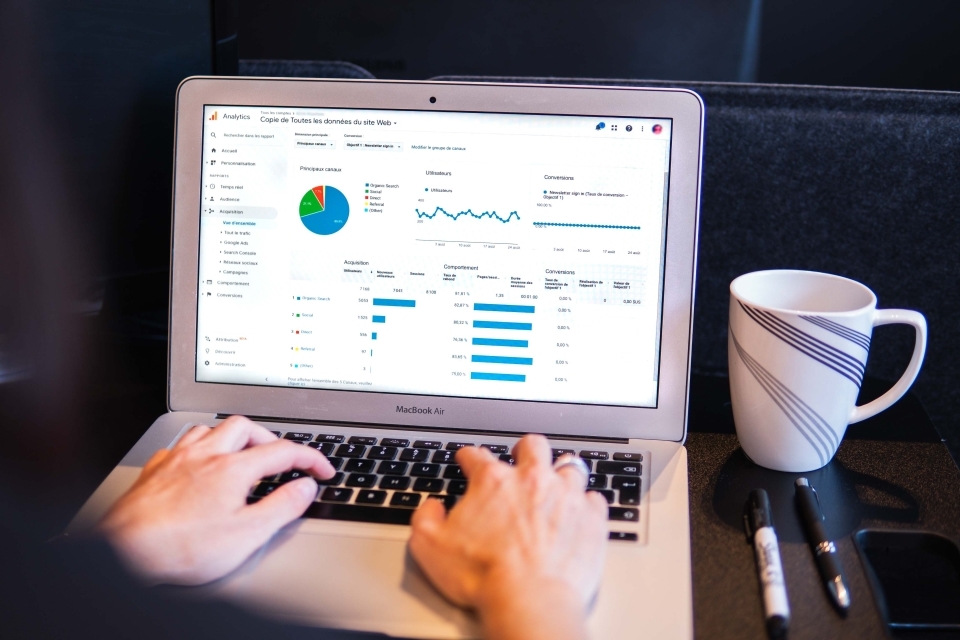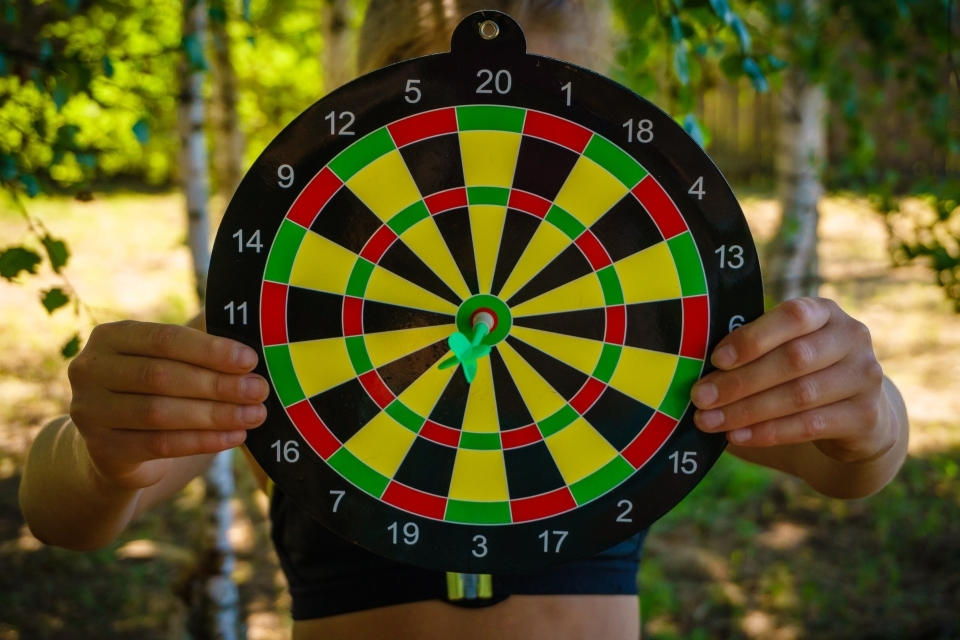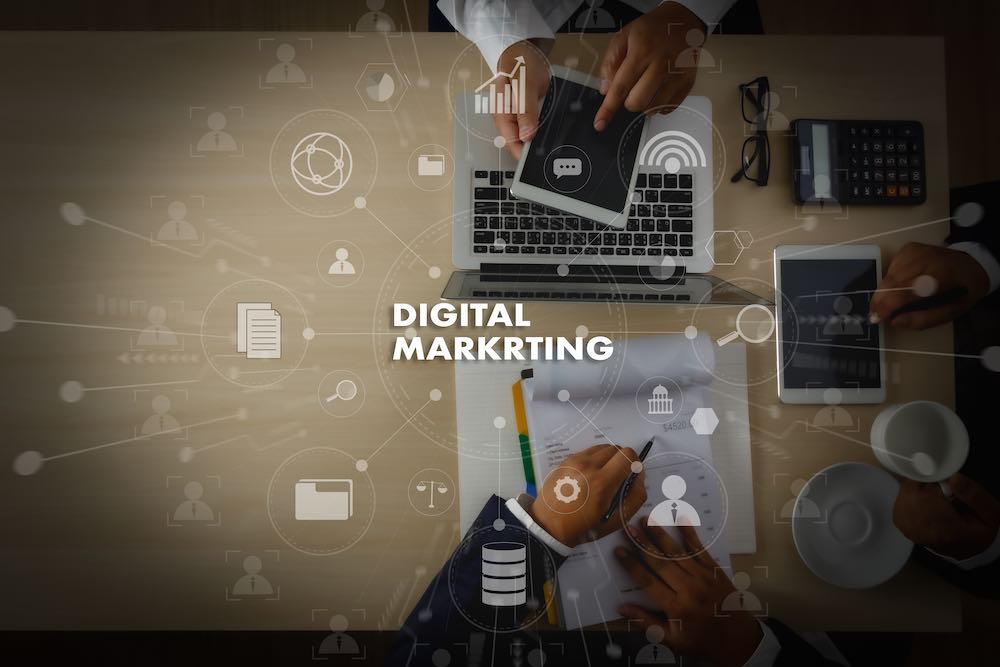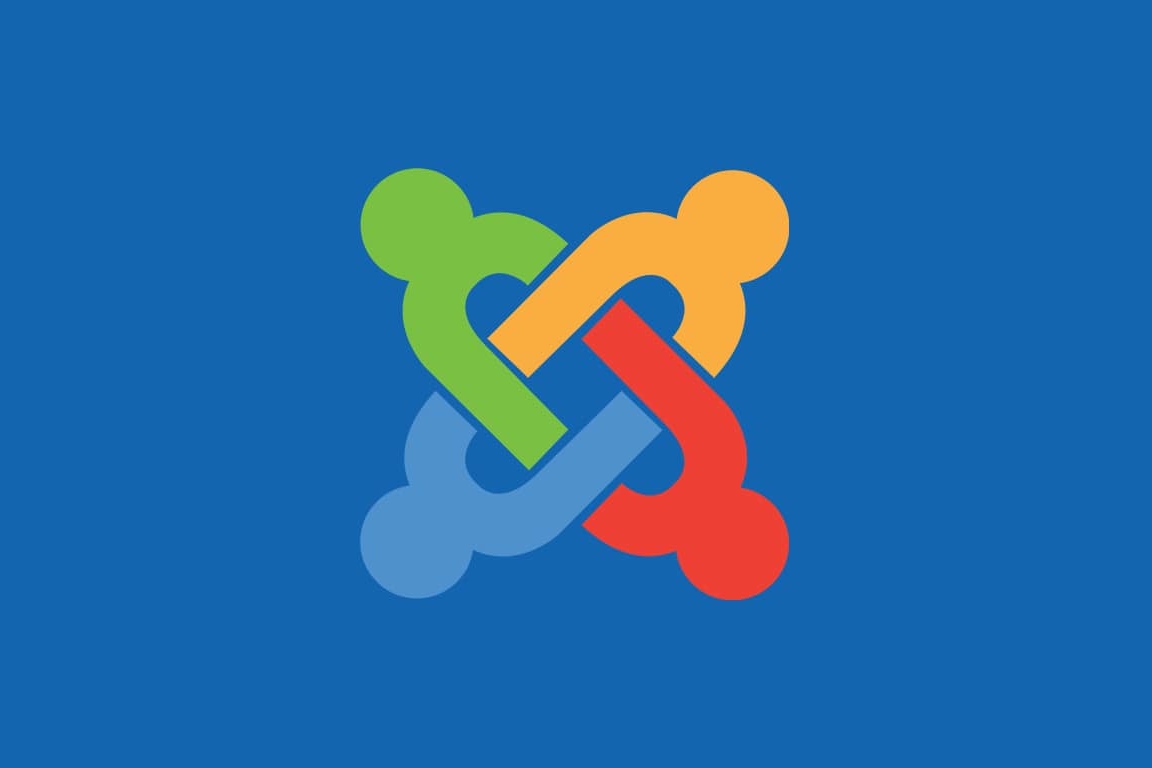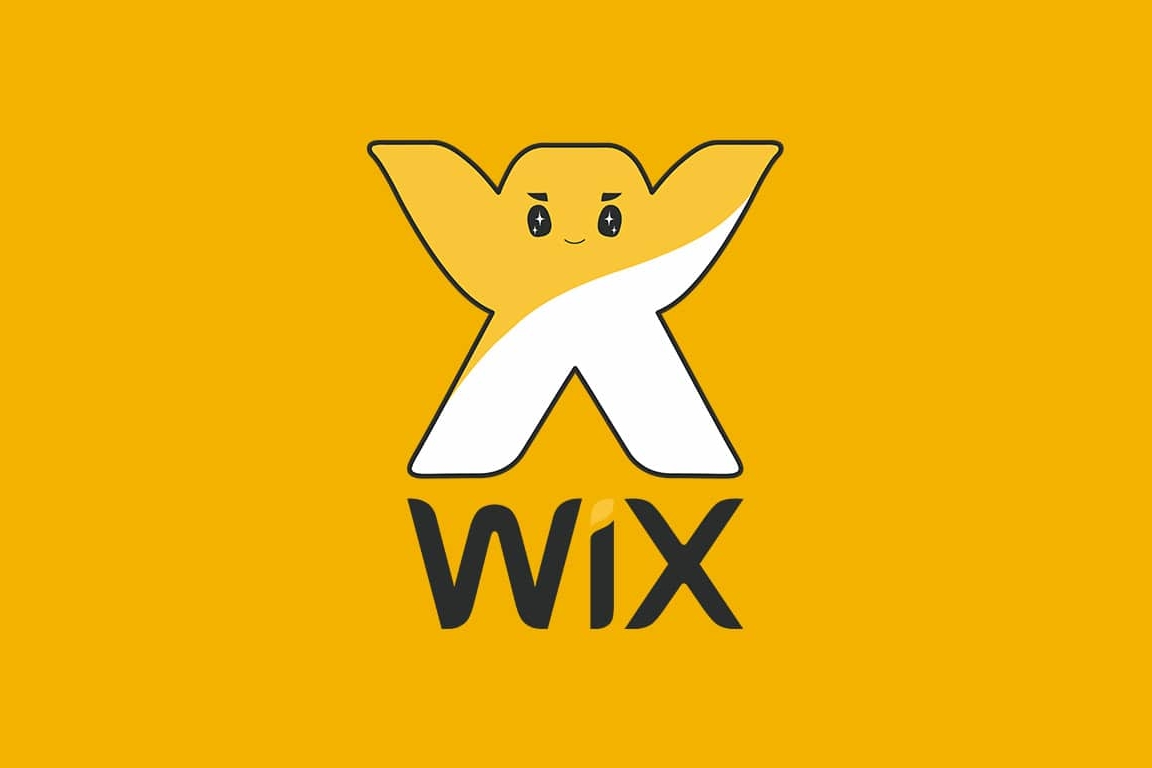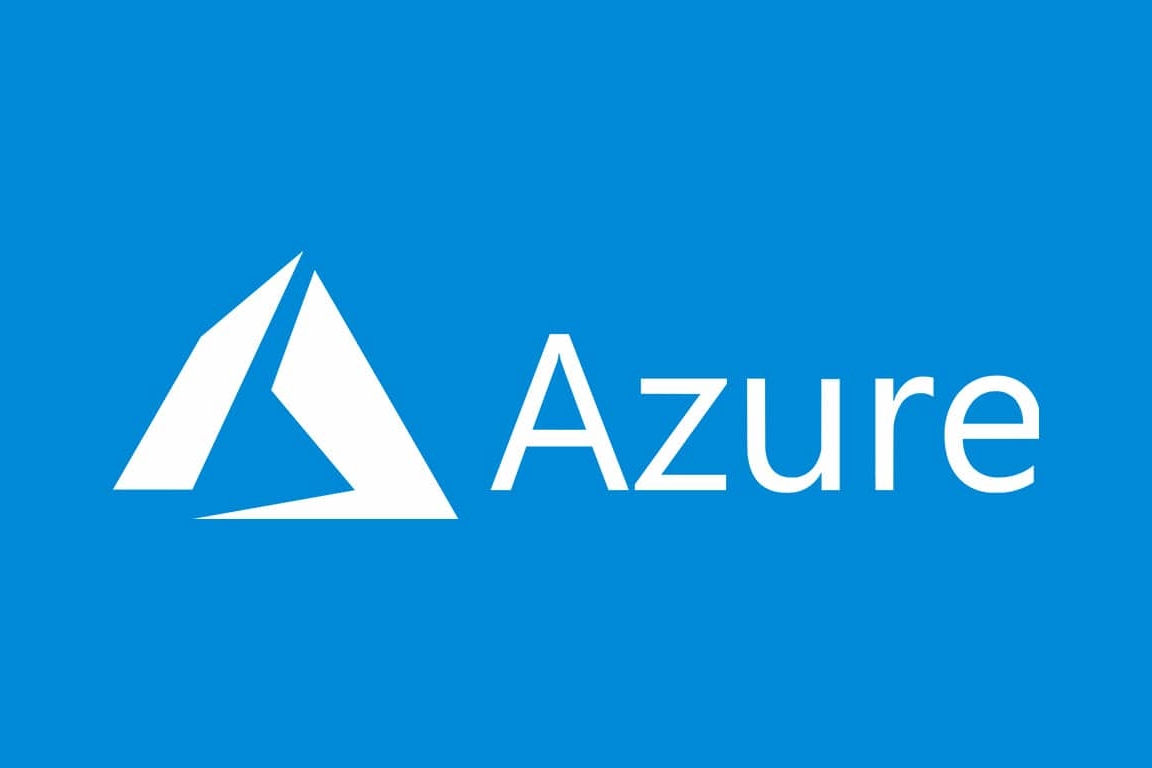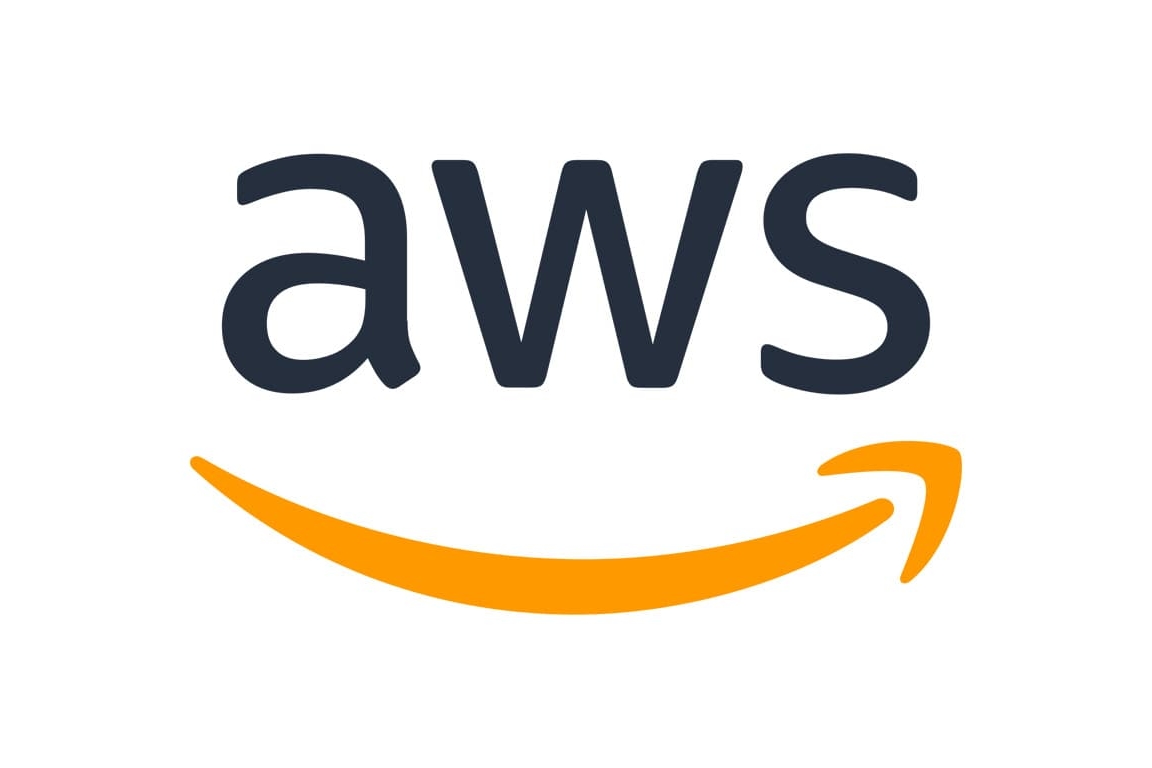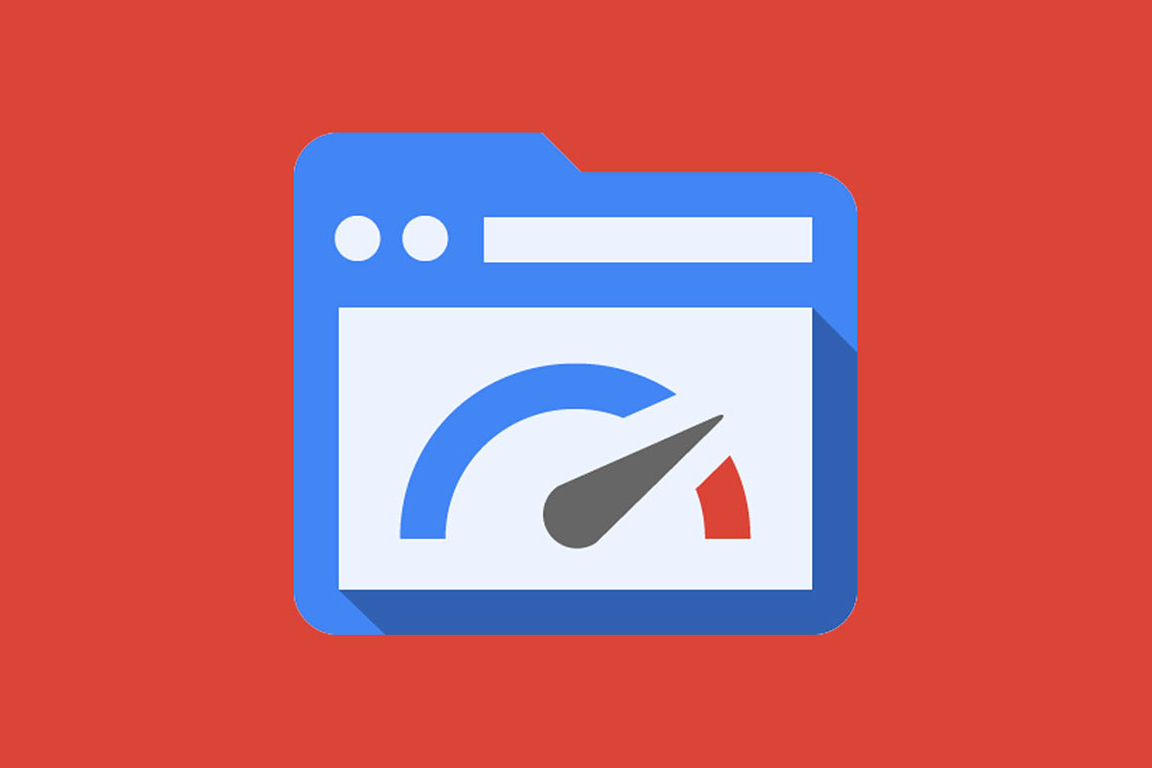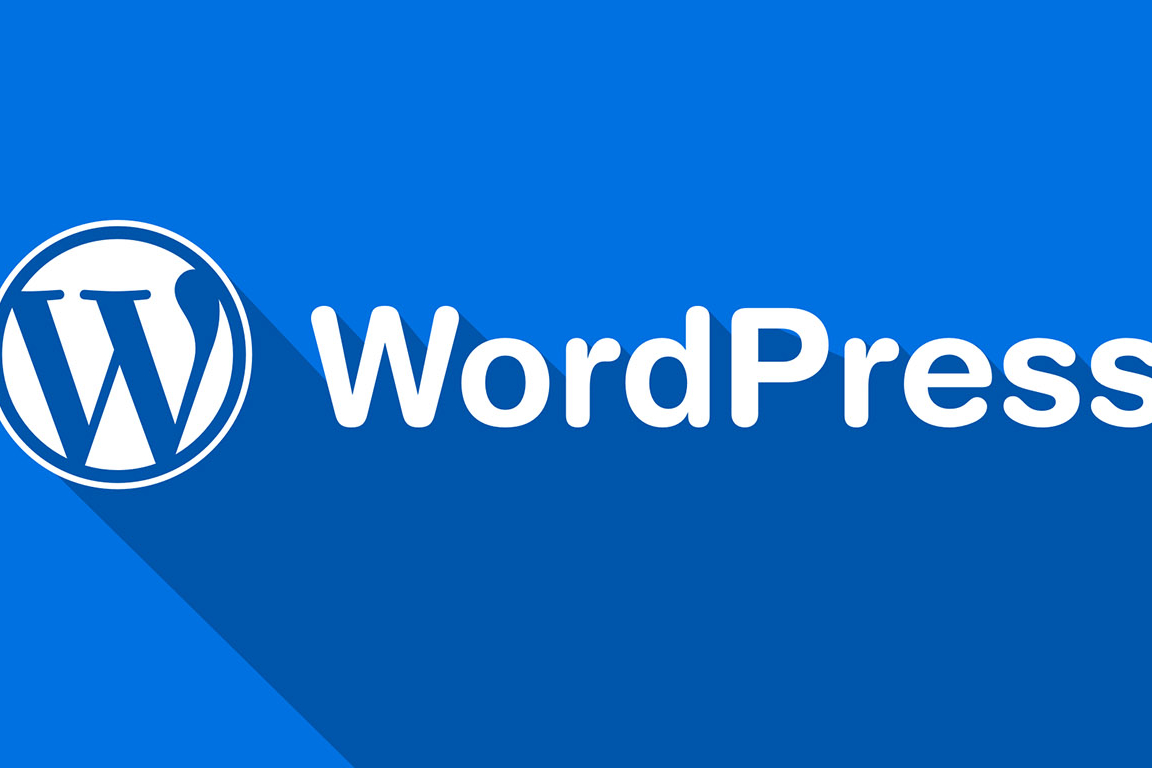Digital marketing has become an essential part of restaurant marketing strategies. Restaurants can use digital The use of online advertising strategies in restaurant marketing strategy has become increasingly important in recent years. Restaurants can utilize digital marketing to reach their target demographic, boost the engagement of their existing customers, and drive more foot traffic to their location. In this piece, we will discuss some of the most effective digital marketing tactics that can be utilized by restaurants, along with in-depth examples and case studies.
- Social Media Marketing
Social media marketing is one of the most effective digital marketing strategies for restaurants. By creating engaging content and using social media platforms like Facebook, Instagram, and Twitter, restaurants can reach their target audience and build brand awareness. Here are some examples of how restaurants can use social media marketing:
- Instagram: Instagram is a great platform for showcasing visually appealing photos of food and drinks. Restaurants can use Instagram to showcase their menu items, promotions, and behind-the-scenes glimpses of their operations. For example, a New York-based restaurant, The Smith, used Instagram to share a series of mouth-watering images of their dishes, which helped to drive more customers to their establishment.
- Facebook: Facebook is a great platform for engaging with customers and building a community around a restaurant. Restaurants can use Facebook to post updates about their menu, events, and promotions. They can also encourage customers to leave reviews and engage with them by responding to comments and messages. For example, Sushi Neko, a Japanese restaurant in Orlando, Florida, used Facebook to post daily specials, which helped to increase customer engagement and drive more traffic to their establishment.
- Twitter: Twitter is a great platform for engaging with customers in real time. Restaurants can use Twitter to post updates about their menu, events, and promotions, as well as respond to customer inquiries and feedback. For example, Shake Shack, a fast-food restaurant chain, used Twitter to respond to a customer’s request for a vegetarian option on their menu. Shake Shack responded by creating a new vegetarian burger, which helped to build customer loyalty and drive more traffic to their establishment.
- Email Marketing
Email marketing is another effective digital marketing strategy for restaurants. By building an email list of customers, restaurants can send targeted messages about their menus, events, and promotions. Here are some examples of how restaurants can use email marketing:
- Welcome Emails: When a customer signs up for a restaurant’s email list, the restaurant can send a welcome email that includes a special promotion or discount. For example, Red Robin, a fast-casual restaurant chain, sends a welcome email that includes a coupon for a free burger.
- Promotions and Discounts: Restaurants can send targeted promotions and discounts to customers based on their preferences or past orders. For example, Starbucks, a coffeehouse chain, sends targeted promotions to customers based on their location and previous orders.
- Newsletters: Restaurants can send newsletters that include updates about their menu, events, and promotions. For example, The Cheesecake Factory, a restaurant chain, sends a monthly newsletter that includes new menu items and promotions.
- Search Engine Optimization (SEO)
Search engine optimization (SEO) is a digital marketing strategy that involves optimizing a website for search engines like Google. By optimizing their website for relevant keywords, restaurants can improve their visibility in search results and drive more traffic to their website. Here are some examples of how restaurants can use SEO:
Local SEO: Restaurants can optimize their website for local keywords like “best Italian restaurant in New York City” to improve their visibility in local search results. For example, Carbone, an Italian restaurant in New York City, optimized their website for local keywords and saw a significant increase in website traffic.
Mobile Optimization: Restaurants should also optimize their website for mobile devices, as many customers use their smartphones to search for restaurants. Restaurants can optimize their website for mobile devices by using responsive design and optimizing their website’s load time. For example, Nando’s, a casual dining restaurant chain, optimized their website for mobile devices and saw a 13% increase in mobile traffic and a 10% increase in mobile bookings.
Google My Business: Google My Business is a free tool that allows restaurants to manage their online presence on Google, including their listing on Google Maps and search results. Restaurants can use Google My Business to update their business information, post updates about their menu and promotions, and respond to customer reviews. For example, Tasty Burger, a fast-food restaurant chain, used Google My Business to update their business information and saw a 50% increase in website traffic.
Pay-Per-Click Advertising Pay-per-click (PPC) advertising is a digital marketing strategy that involves placing ads on search engines or social media platforms and paying only when someone clicks on the ad. Restaurants can use PPC advertising to target customers who are searching for specific keywords or are located in a specific geographic area. Here are some examples of how restaurants can use PPC advertising:
Google Ads: Restaurants can use Google Ads to place ads on Google search results for keywords like “best pizza in Boston.” For example, Regina Pizzeria, a pizza restaurant in Boston, used Google Ads to target customers searching for pizza in Boston and saw a 25% increase in online orders.
Facebook Ads: Restaurants can use Facebook Ads to target customers based on their interests, behaviors, and location. For example, Panera Bread, a bakery-cafe chain, used Facebook Ads to target customers in specific geographic areas and saw a 14% increase in sales.
Influencer Marketing Influencer marketing is a digital marketing strategy that involves partnering with social media influencers to promote a restaurant. Restaurants can use influencer marketing to reach a larger audience and build brand awareness. Here are some examples of how restaurants can use influencer marketing:
Instagram Influencers: Restaurants can partner with Instagram influencers who have a large following to promote their menu items and promotions. For example, Shake Shack partnered with Instagram influencer @foodwithmichel to promote their limited-time ShackMeister burger, which helped to increase customer engagement and drive more traffic to their establishment.
YouTube Influencers: Restaurants can partner with YouTube influencers to create videos about their menu items and promotions. For example, McDonald’s partnered with YouTube influencer Casey Neistat to create a video about their all-day breakfast menu, which helped to increase customer engagement and drive more traffic to their establishment.
Conclusion
Restaurant marketing plans now typically do not exist without digital marketing as an essential part. Restaurants may reach their target demographic, boost customer interaction, and drive more traffic to their institution by utilizing influencer marketing, social media marketing, email marketing, search engine optimization, and pay-per-click advertising. Restaurants may maintain a competitive advantage over their rivals and continue to expand their customer base by integrating the aforementioned digital marketing methods into their broad marketing plans.
Related Posts
March 14, 2023
How a low-quality content affect SEO?
March 14, 2023
Top 10 Digital Marketing Company Challenges
March 13, 2023
Why Digital Marketing is complex Field to Handle?
January 9, 2020
How to Migrate a Website from One Server to Another
January 9, 2020
How to Migrate a WordPress Site from One Host to Another
January 8, 2020
How to Transfer a Joomla Site to Another Server
January 8, 2020
How to Transfer a Wix Website to Another Host
December 13, 2019
Importance of Selecting the Right Theme for Your WordPress Website
December 10, 2019
Differences Between WordPress Website and Static Website
October 21, 2019
How to Migrate Application to Azure
October 21, 2019
How to Migrate Application to AWS
July 3, 2017
What is Pagespeed Optimization
July 3, 2017
What is Web Designing
July 3, 2017
What is Social Media
June 30, 2017
What is SMM
June 30, 2017
What is SEO
June 30, 2017

